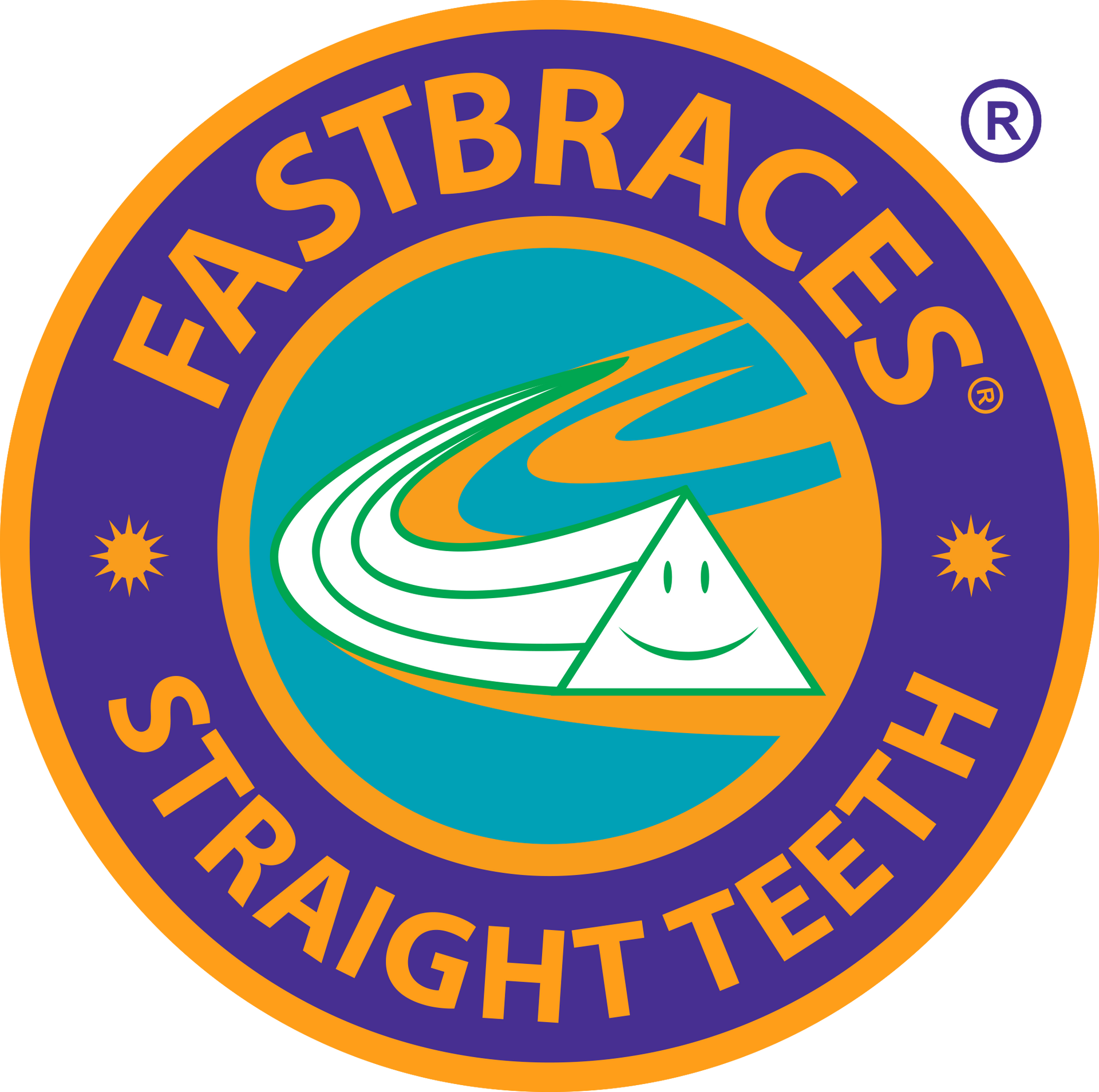Maintain Optimal Oral Health with Comprehensive Oral Hygiene Services in Epping
VIDEOS: Correct Flossing & Oral Hygiene
-
The Importance of Oral Hygiene
Gum diseases or periodontal diseases are targeting an increasing number of adults globally. Post the age of 35, teeth loss due to periodontal diseases is more prevalent than due to cavities and affects more than 75% of the population. But fortunately, these grave problems come with simple solutions.
Using appropriate brushing and flossing techniques regularly helps eliminate bacterial plaque. Plaque is a colourless deposit on teeth near the gum line, which provides a suitable environment for bacteria generation and causes tooth decay.
-
The Correct Brushing Technique
The correct brushing technique involves using a soft textured and medium-sized brush. To clean the front/ outside surface of your teeth, use a 45-degree angle and position it on the intersecting point of your gums and teeth. Use several circular motions in small and tender strokes. Apply mild pressure to allow the bristles to clean between the teeth, but ensure it is not too harsh. Then clean the inside part of your teeth similarly, but using vertical back-and-forth strokes.
For cleaning the biting surface, keep switching the brush position as required and use short, mild strokes. Ensure to reach every part with appropriate brush movements. Thoroughly rinse your mouth to remove any of the plaque residues.
-
The Correct Flossing Technique
Efficient brushing also cannot reach the area between your teeth. This paves the way for gum diseases to appear here. That is why flossing is vital in oral hygiene since it cleans the plaque from these places.
For flossing correctly, use an 18-inch piece of floss, preferably waxed. Wrap a part of it on the middle finger of one hand and the rest on the other.
Use your thumb and forefinger to grip the floss, and gently insert it between your upper teeth. Use back-and-forth motion for the cleaning but restrain from applying excessive force. Now move it towards the gum line and create a semi-circular shape. Use up-down movements to clean the surfaces of both adjacent teeth. Always stay careful not to injure your gum tissues during this process. Keep on changing the floss as it gets dirty. Vigorously rinse your mouth. Note that bleeding in the initial days of flossing is normal. Just ensure to stick to the technique.
-
Extra Care for Sensitive Teeth
Dental treatments can often sensitise teeth to extreme temperatures. If you follow the specified oral hygiene routine punctually, this issue should subside in a few days. However, an unclean environment would only amplify the problem. Please note that if the sensitivity is severe, you should consult your dentist and use the prescribed oral hygiene products for sensitive teeth.
-
Professional Cleaning
Maintaining a regular oral hygiene routine would help eliminate most dental calculus. But timely visits to our office for professional cleaning are also important. They would help you eliminate residual calculus and keep your teeth and gums healthy and strong.
-
Finding the Right Oral Hygiene Products
With the flourishing markets and ensemble choice ranges, finding the correct products is difficult. Here is a guide on some oral hygiene products which the majority can use.
Rotadent and Interplak are proficient electronic toothbrushes that work for almost all. Using quality oral irrigators and regular brushing and flossing can also be helpful.
Interproximal brushes are also great for thoroughly cleaning the space between two adjacent teeth. However, ensure they are used systematically, or you can injure your gums.
Using fluoride toothpaste and anti-plaque rinses also provides resilient protection against tooth decay.
Schedule your appointment today and take the first step towards a brighter, healthier smile!
Quick Links
Services
Education
ADA – Australian Dental Association:
ADA Volunteer programme :
Accredited Dental Surgery:
Members 1st – Medibank, BUPA, HCF.
Medicare – bulk bill for children
Business Hours
- Mon - Thu
- -
- Friday
- -
- Sat - Sun
- Closed

Get In Touch
Address:
48-50 Childs Road, Epping, VIC, 3076
Email:
admin@dentomak.net.au
Phone:
(03) 9401 2999
ABN: 59 100 922 763
Payment Options





HiCaps & Denticare payment plan


